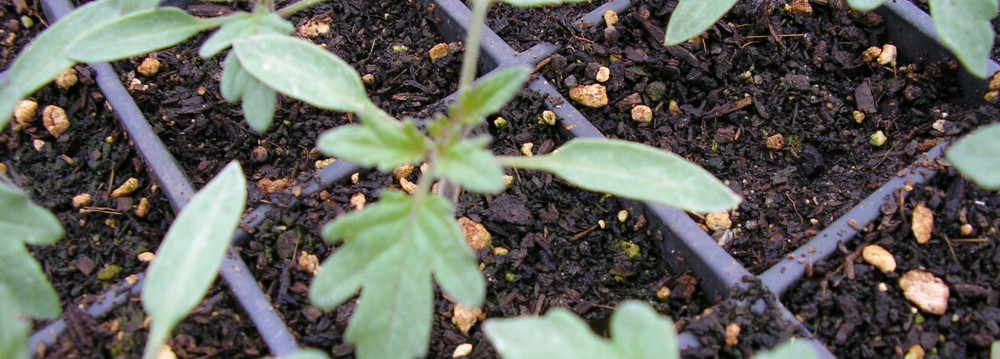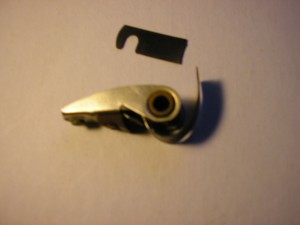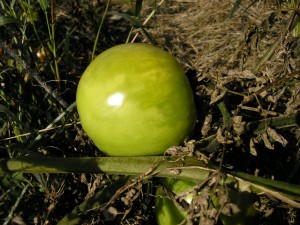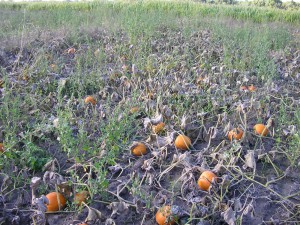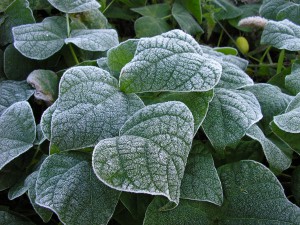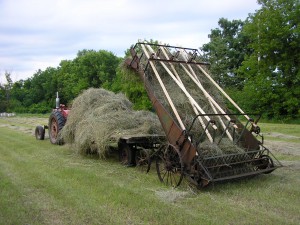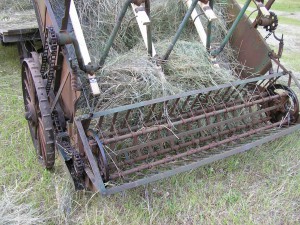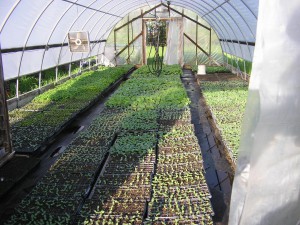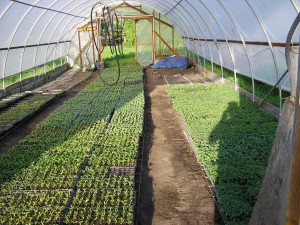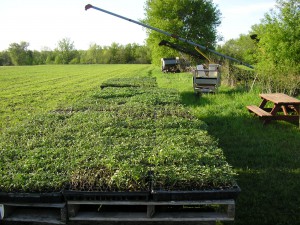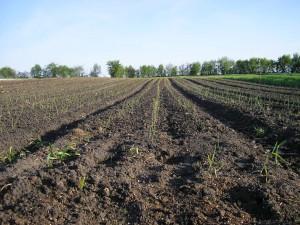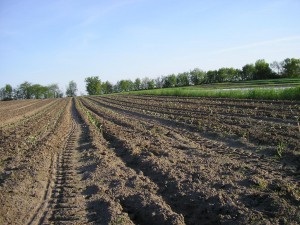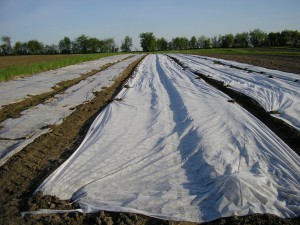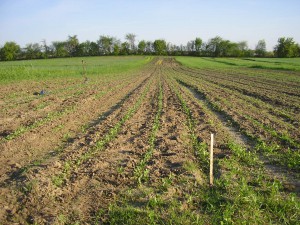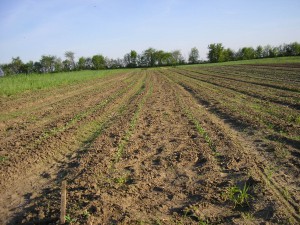Riverbend Farm Early Winter Newsletter
It’s been awhile since I sat down to write a newsletter and a lot has happened.
If you are living in Hawaii or Costa Rica, in the second week November it suddenly turned to winter. One day we got about 6-8 inches of snow. Daytime temps dropped to the 20s. Night time temps are 0, +/- a degree or two. A very dramatic change in the weather. The first week of the month there was no snow and it was not getting below freezing at night.
It seems like it has been winter forever now, but the two day reprieves the few couple weekends have sure been nice. And we are less than a month away from the solstice. Before long, the days will be getting longer. Winter is almost over…
Back in the middle of October Mary and I took our ’67 Volvo station wagon up to the North Shore for a few days. We were only gone for three nights but it was great. The first day was sunny and warm so we hiked to several waterfalls in State Parks up the shore from Grand Marais. The next day was rainy and cool. Perfect for bumming around Grand Marais and sitting by the fire at the cabin. It was a great little get away. Since then it has been pretty busy.
Noelle minded the farm while we were gone. Andrew was over in South Dakota planting 20,000 (or some such number) bulbs of garlic. And then they were off to the North Shore and helping Bud at the meat market for deer season.
With the sudden snow cleaning up and putting away all my toys made for a few hectic days. Batteries got charged, oil got changed, equipment was shuffled around to fit in the shed. Besides the snow, the bottom was falling out of the thermometer so the well and waterlines needed to be blown out, hoses drained, potatoes, carrots, and other root crops moved into the root cellar.
Not everything got done. It was close, but I did not get any collards harvested for us and did not get any of the kale or collards dug up for seed production next year. The collard seed may be an issue. It is a several years old and the germination is starting to drop off. Other than the Lacinato, the kale produces seed like some giant weed so there is plenty of that.
Deliveries for the season just wrapped up with the last few pumpkins going to our restaurant and co-op accounts. Now I can get started on my winter to-do list.
Everyone wants to know what I do all winter, well, here is my project list:
Tidy up the Satoh: 1)Check low compression on #1 cylinder 2)Fix hydraulic leaks 3) Change transmission oil, hydraulic oil 4)Fix sticky shift linkage 5)Keep front wheel from falling off 6)Replace belts and hoses
Replace Dodge window motor. Part of getting a pretty clean ’83 Ramcharger ready to sell
Wire the root cellar. I have pulled the wires through 35 feet of conduit already and installed a temperature and humidity sensor. It is really interesting to see what happens to the humidity when we get below zero temperatures. The temperature changes very slowly. I need to finish the wiring for lights, a fan, and possibly a heater.
Reassemble the Norton. This bike (1970 Norton Commando) was take apart a couple years ago to straighten a bent frame. The frame was straightened last winter and now I need to reassemble the parts.
Build bean roller. This is a machine that consists of two inclined cloth covered rollers that clean broken beans, twigs, unthreshed beans, etc. out of dry beans. The rough edges on the bean trash get caught on the fabric and are thrown over the side. The smooth beans travel down the incline and off the end of the rollers.
Build barrel washer. I have a small barrel washer that needs to be replaced. A barrel washer is a rotating inclined barrel that is make of closely spaced wooden slats. Root vegetables are dumped in the high end of the washer, sprayed with water, and tumbled to clean them. They gradually work their way down the incline on drop out the low end.
Spread compost (not going to happen…). The wet spring prevented me from getting the second phase of my green manure program planted. Not to mention that the winter squash went into part of that field also on account of the wet conditions. I bought 200 cubic yards of compost to replace the nutrients and organic matter that would have been produced by the green manure. Unless we get a big warm up the compost will not get spread until next spring.
Thresh beans and sunflowers. Part of getting ready for snow was to pull up the beans that will be saved for seed or used for dry beans and store them in the greenhouse. They are still in there, leaves, vines and all. For small quantities like this I usually spread them on a tarp and drive over them. With the snow on the ground it is a little harder to thresh them and keep them dry. The sunflowers are a link in the process of experimenting with growing pole beans on a large scale.
Package saved vegetable seeds. All the tomato, pepper, eggplant, and squash seeds that were collected in the fall need to cleaned and packaged for storage.
’67 Volvo wagon. This car needs all new rubber gaskets around the doors. The cargo area window gaskets are leaking but the word is that the ones currently being made don’t fit. I’m also going to pull the cylinder head off and see why one cylinder has higher than normal compression. There are a lot of minor things that need doing as well.
’92 Volvo wagon. My ’87 wagon is rusting away at an alarming rate. This ’92 is fairly clean, but was given to our daughter as a parts car for her sedan. She needs a parts car like we need another winter like last year. Needless to say it will require more than a little attention before it is a reliable daily driver.
Radiant heat. Our kitchen floor is always cold and using the wood stove fools the thermostat for the furnace into thinking the house is warm. That saves a lot (25% or more) of energy but leads to a cold kitchen. Radiant heat is also energy efficient and keeps your feet warm. The floor joists below the kitchen and downstairs bathroom are exposed so it will be relatively easy to install.
Of course there is wood to split, snow to plow, customer meetings, conferences and all those regular things that take place in winter too.
Stay warm
Greg
